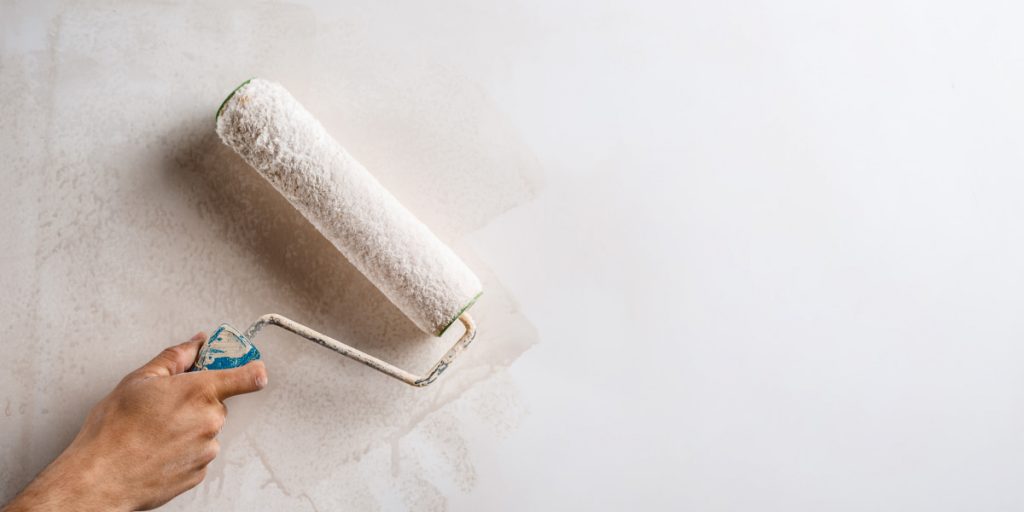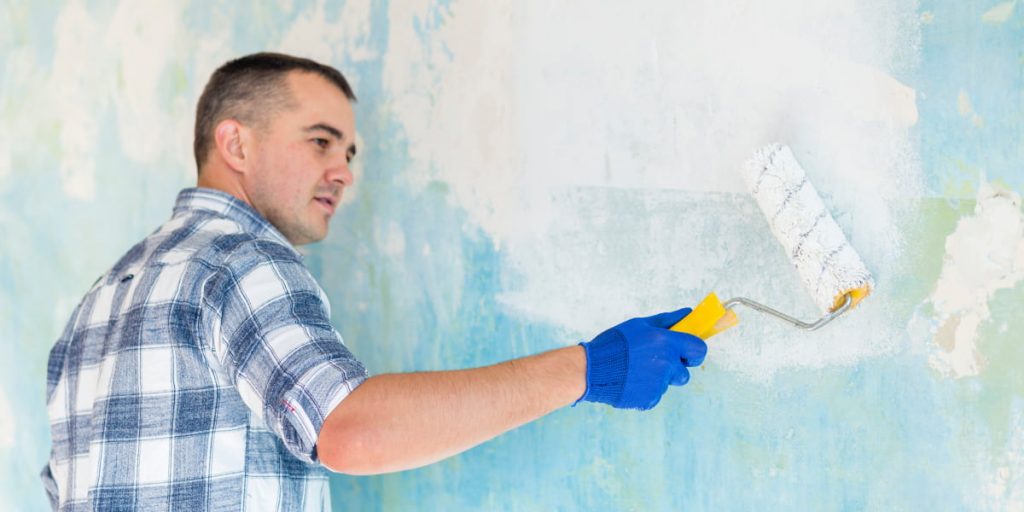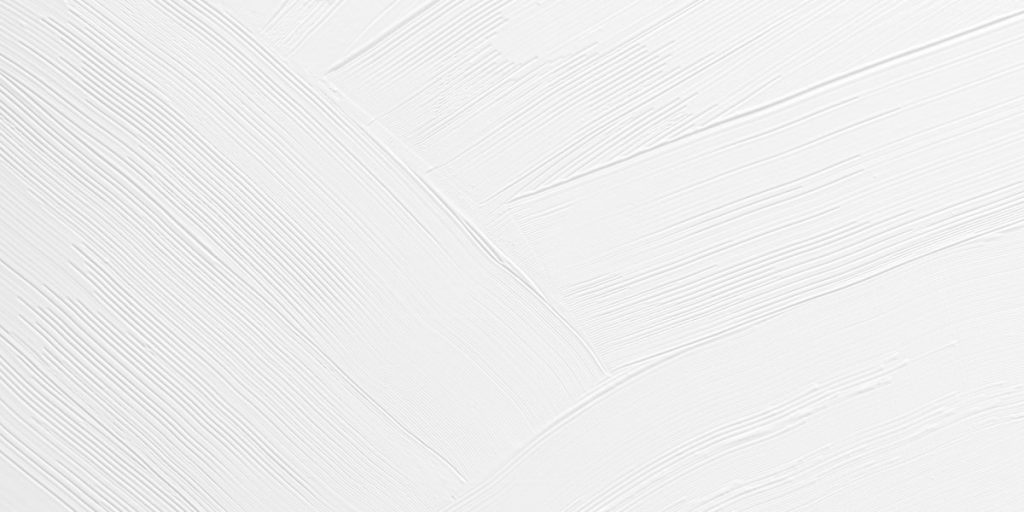Published on November 28th, 2022
Last updated on February 3rd, 2023
Painting Textured Walls: Detailed Guide

Any finishing material loses its appearance in the course of use. In this case, it is necessary to make a cosmetic repair to update the coating. Paint or decorative plaster is often used for this purpose. Each of the materials has its own advantages and disadvantages. But what if we say that there is a material that has combined plaster and paint? This building material is texture paint for walls. This is where your journey of painting textured walls begins!
Painting walls with texture is a fairly popular type of finish. Its service life depends directly on compliance with certain rules during application. The material has quite a few advantages, which have gained popularity. Also contributed to this by the affordable cost of the mixture. In this article, we will become more familiar with the characteristics of such paint and answer the question: “How to texture paint a wall?”.
What Are the Features and Benefits of Painting Textured Walls?

Texture paint is often called texture or structural paint. It is because the mixture contains many structuring additives. You can treat such paint with concrete, wood, and bricks. Due to the addition of acrylic, the mortar has high strength and practicality.
Also, the material is made from environmentally friendly components, so it is frequently used for decoration in children’s rooms. The solution is not afraid of moisture, allowing you to remove dirt on the walls with a damp cloth.
Painting walls with texture has wide varieties.
| Name | Description |
| Mineral-based mortar | It is produced as a dry composition with cement and lime. To dilute it, you will need to use water. You can use such a finish for exterior works. |
| A mixture based on silicone | It has good performance properties and is highly practical. Builders use silicone resins for production. |
| Acrylic mortar | It is one of the most popular options for interior wall cladding. You can use the mixture for any surface. Because it is produced in a ready-made form, dilution with water is not required. Good viscosity gives the paint a stretchable texture. |
Painting textured walls have several advantages:
- A good viscosity level provides a stretchable texture. The combination of different colored enzymes provides a variety of textures. Processing with a trowel allows you to achieve a unique texture;
- You can do paint tinting in the store or at home. A large variety of colors allows you to create a unique shade;
- After the mortar dries, it forms a strong elastic film on the wall;
- The texture paint is not afraid of moisture. Therefore, you can use both for interior and exterior wall cladding;
- The vapor permeability of the mortar allows the walls to breathe, which creates natural ventilation in the building.
How to Properly Apply Texture Paint to Walls?

Before tiling walls with texture paint, you should carefully study the instructions for its use and adequately prepare the surface. Also, it specifies the drying time of the mixture, the peculiarities of its preparation, and the technology of application to the walls.
Also, it specifies the drying time of the mixture, the peculiarities of its preparation, and the technology of application to the walls. Such mortars for painting textured walls are typically packaged in buckets. You need to add water to the mortar in the standard way to ensure a quality finish. Then mix the mixture with a mixer or drill with a special attachment. But make sure that there is not too much moisture in the composition, as the liquid mixture does not hold well on the walls and cannot provide an even coating. Painting walls with texture
is quite simple, but to achieve a quality result, adhere to the following recommendations:
- Before painting the walls, you must prepare the surface carefully. The quality of the wall will depend on the result of its cladding. The first thing to do is to eliminate irregularities and remove old wallpapers, which will be conspicuous in daylight. For leveling, you can use plaster or putty.
- After that, it is mandatory to perform priming to do painting textured walls well. It will increase the adhesion of paint to the wall, reduce its consumption, and protect the surface from the appearance of mold or mildew. A good choice for this treatment will be a primer of deep penetration. You can also use a primer with quartz sand added. It will provide an excellent level of adhesion of paint to the wall.
- Stir the solution well before painting the walls with texture. Add a small amount of sand according to the instructions to create a roughening effect.
- Apply the solution to a trowel and rub it over the wall. The treatment procedure is similar to the puttying process. You must dampen the paint roller with water and apply it to the wall.
- The paint takes about half an hour to set, so the work should be accelerated. Paint from one corner to the other to prevent variation in the wall. After the paint dries, treat the surface with wax or varnish, this will provide additional protection.
Bottom Line
As you can see, texture painting textured walls has many advantages. Due to the large variety of shades and the possibility of tinting, you can create a unique design in the room. You will go from beginner to absolute master in no time with the right tools and the right paint.
FAQ
Is it necessary to level the surface to apply texture paint?
Yes, the paint should only be applied to a leveled surface. The maximum permissible deviation is 2 mm. Otherwise, there is a risk that such a coating will not last long.
Can I add additional ingredients when painting textured walls to improve the look?
Of course, adding sawdust to the mortar can create an embossed surface. Adding starch will produce a textured or smooth finish. To get a light-reflecting effect when painting, you need to add quartz sand or metal pigments.
How long does texture paint on a wall take to dry completely?
The solution will take about two weeks to dry completely. You can only wash the walls or put mechanical loads on them after this time. During work, it is better to avoid drafts or direct sunlight. It can harm the result of painting the walls.
Can you paint walls with texture?
Yes, as a rule, two people are recommended to do the painting. One person applies the paint with a trowel, and the other works with a roller. Sometimes a stencil is used instead of a roller. The work, in this case, will take longer.


